Proper lighting is one of the most crucial aspects of reptile care, with UVB exposure being particularly essential for many species. UVB rays enable reptiles to synthesize vitamin D3, which is necessary for calcium absorption and preventing devastating conditions like metabolic bone disease. However, not all reptiles require the same intensity or duration of UVB exposure, and choosing the wrong bulb can lead to either health complications from insufficient UVB or damage from excessive exposure. This comprehensive guide will help you navigate the sometimes confusing world of reptile lighting, ensuring your scaly companion receives exactly what they need to thrive in captivity.
Understanding UVB and Its Importance for Reptiles
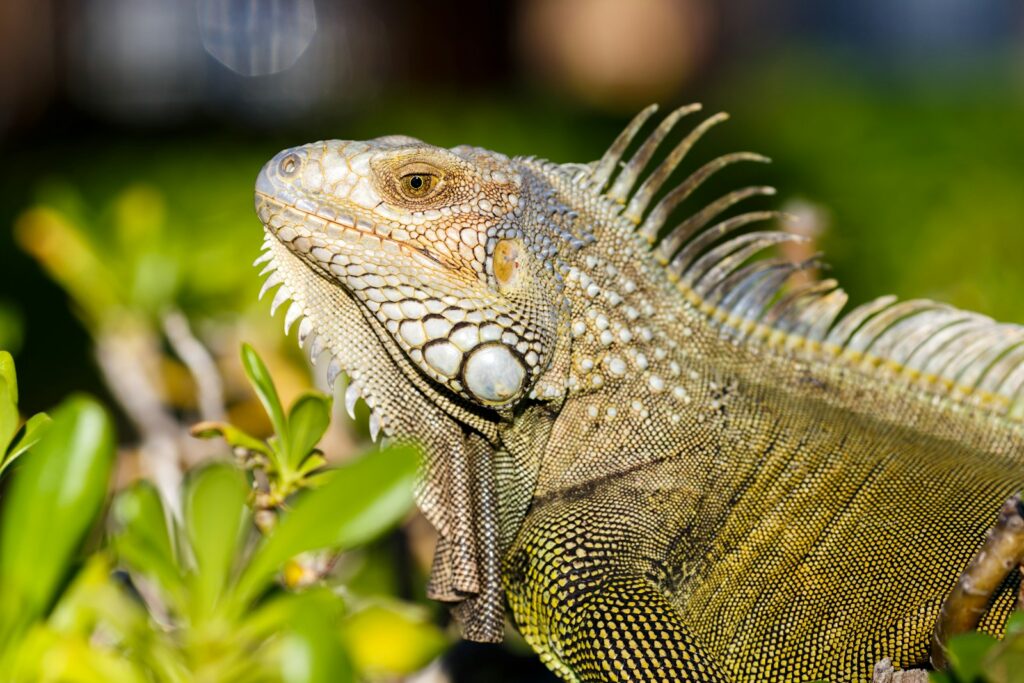
UVB (ultraviolet B) radiation is a specific wavelength range of light that occurs naturally in sunlight and plays a vital role in reptile health. In the wild, reptiles obtain UVB through direct or filtered sunlight, which triggers a biochemical reaction in their skin that produces vitamin D3. This vitamin is essential for proper calcium metabolism, bone development, immune function, and overall health. Without adequate UVB exposure, captive reptiles can develop metabolic bone disease (MBD), a painful and potentially fatal condition characterized by soft, deformed bones, muscle weakness, and organ failure. Even reptiles with lower UVB requirements still benefit from appropriate exposure, as it helps regulate natural behaviors, supports immune function, and can improve breeding success.
The Ferguson Zone System Explained
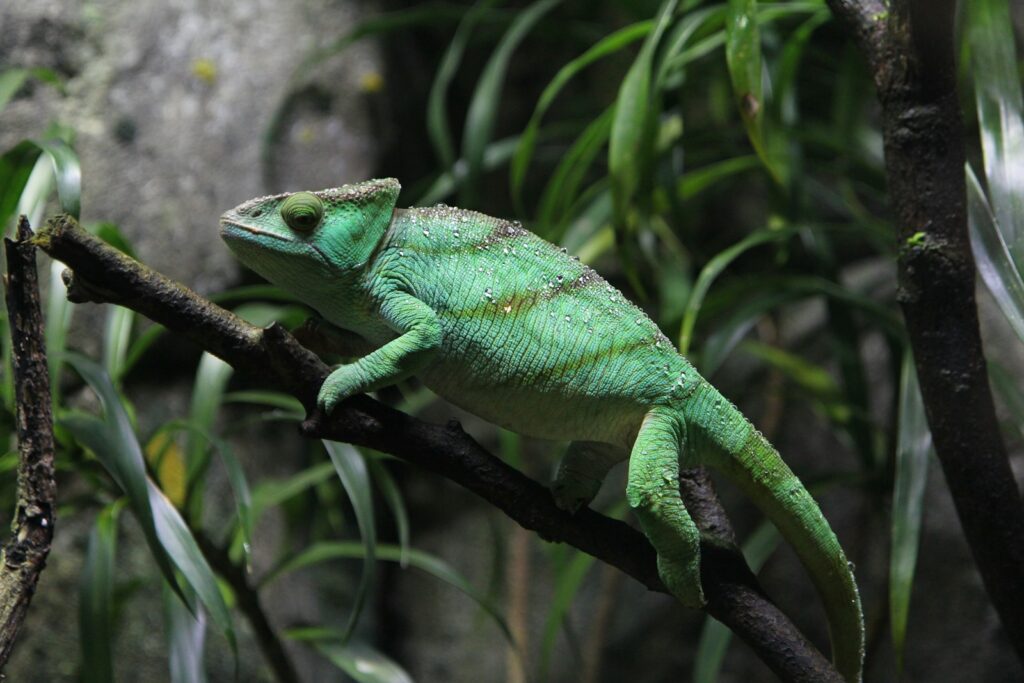
The Ferguson Zone system has become the gold standard for determining appropriate UVB levels for different reptile species. Developed by Dr. Gary Ferguson, this classification system categorizes reptiles into four zones based on their natural behaviors and habitat requirements. Zone 1 includes crepuscular or shade-dwelling species that need minimal UVB (UVI 0-1), such as crested geckos and many amphibians. Zone 2 encompasses partial sun or occasional baskers requiring low UVB (UVI 1-2.9), like ball pythons and leopard geckos. Zone 3 contains open baskers needing moderate UVB (UVI 3-4.9), including bearded dragons and many tortoises. Zone 4 is reserved for sun-loving species requiring high UVB (UVI 5-7+), such as uromastyx and certain desert-dwelling iguanas. By identifying your reptile’s Ferguson Zone, you can select an appropriate UVB bulb that will provide the correct intensity for their specific needs.
Types of UVB Bulbs Available
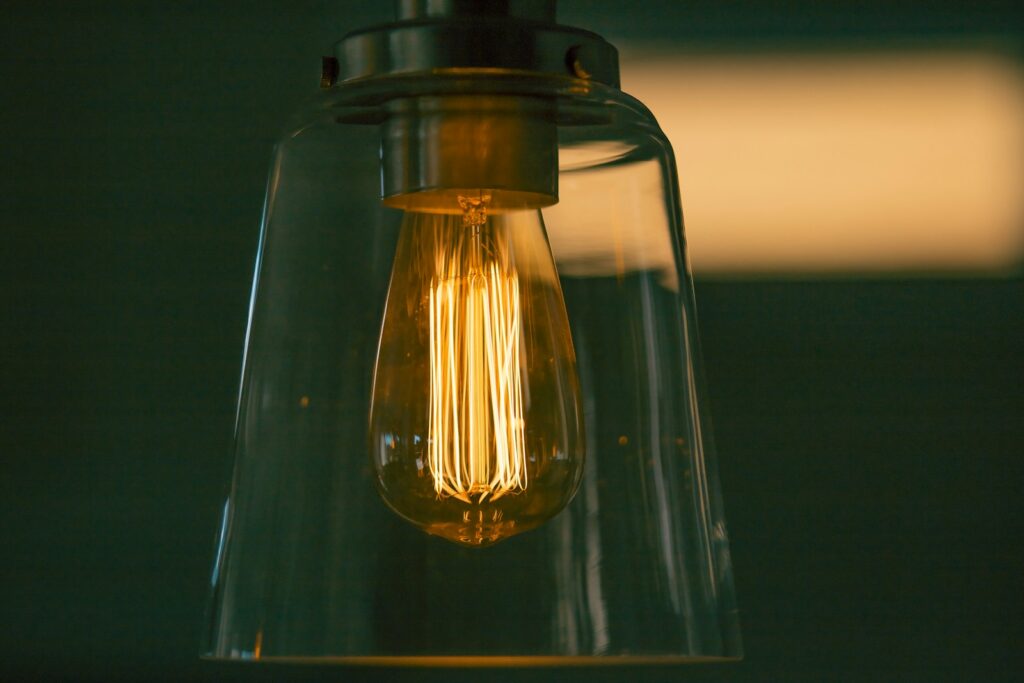
When shopping for UVB lighting, you’ll encounter several different bulb designs, each with distinct advantages and limitations. Fluorescent tube bulbs are the most common and come in various lengths (typically 18-48 inches), providing an even spread of UVB across the enclosure. Compact fluorescent bulbs (CFLs) are shorter, spiral-shaped bulbs that work well in smaller setups but produce a more concentrated beam of UVB. Mercury vapor bulbs generate both heat and UVB in a single unit, making them space-efficient, though they cannot be connected to a thermostat. Metal halide bulbs are high-output options that most closely mimic natural sunlight, providing excellent UVB, visible light, and heat, but they’re typically more expensive and may require special fixtures. Understanding these different options will help you select the most appropriate bulb type for your specific enclosure setup and the needs of your reptile species.
UVB Bulbs for Desert-Dwelling Species
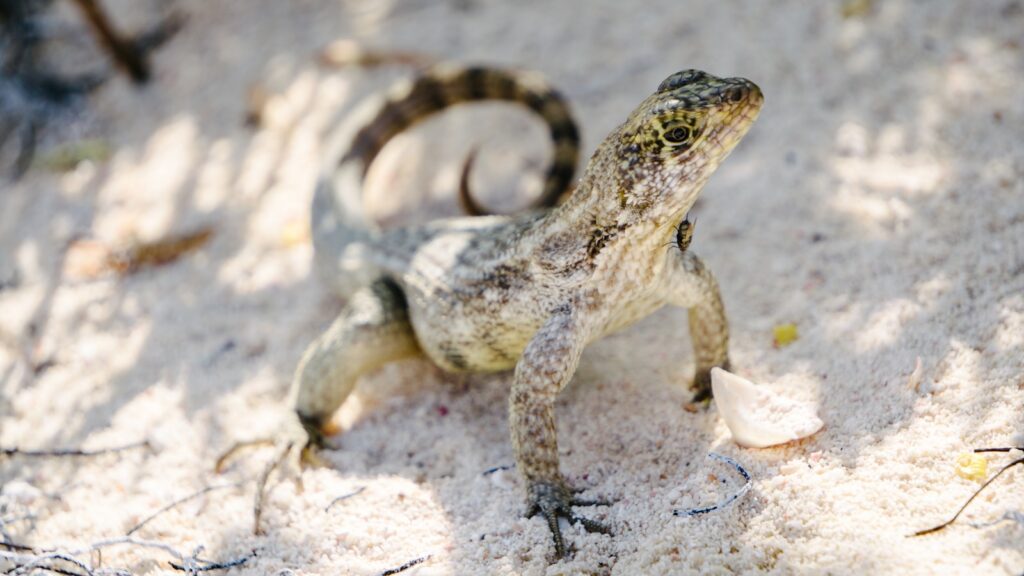
Desert reptiles such as bearded dragons, uromastyx, and chuckwallas have evolved under intense sunlight and require high levels of UVB exposure to maintain optimal health. For these Ferguson Zone 3-4 species, high-output T5 fluorescent tubes (10-12% UVB) or mercury vapor bulbs (100-160W) are typically the best options. The Arcadia ProT5 Desert 12% or Zoo Med ReptiSun T5 HO 10.0 are excellent tube options that should be mounted 12-18 inches from the basking area, covering about 2/3 of the enclosure length. For mercury vapor alternatives, the Solar Glo 125W or PowerSun 100W provide both heat and appropriate UVB levels when placed at the manufacturer’s recommended distance. It’s crucial to create a proper UVB gradient in these enclosures, allowing the animal to self-regulate their exposure by moving between areas of higher and lower intensity, mimicking their natural behavior of seeking shade during the hottest parts of the day.
UVB Requirements for Tropical Forest Reptiles
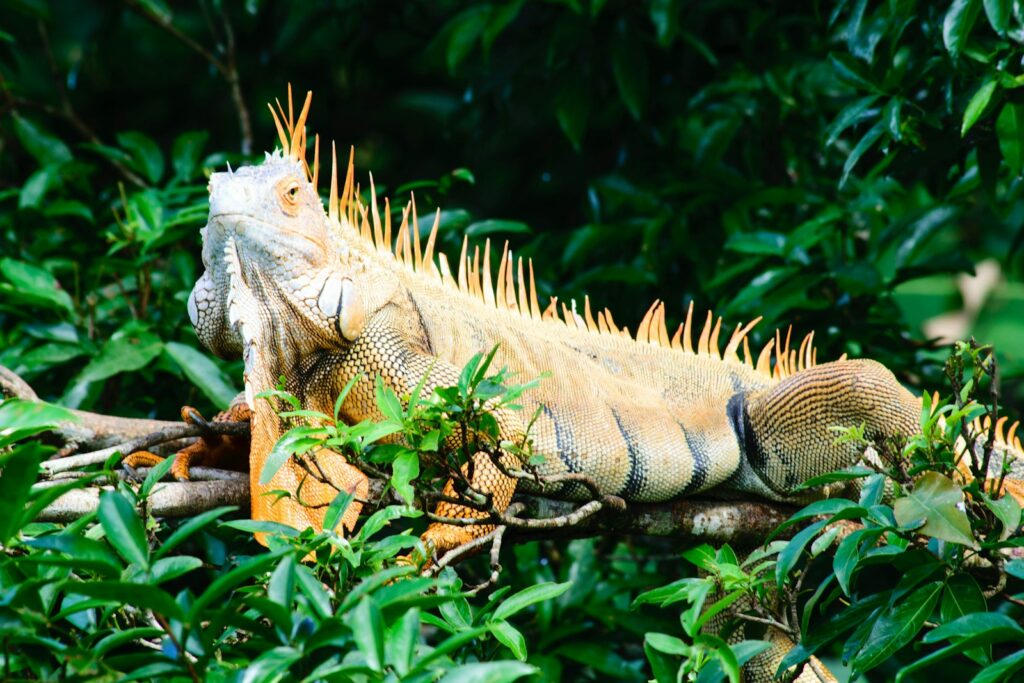
Tropical forest reptiles like crested geckos, day geckos, and most arboreal species receive filtered UVB in their natural habitats due to the forest canopy. These Ferguson Zone 1-2 species require lower intensity UVB but still benefit significantly from proper exposure. For these reptiles, low to moderate output UVB bulbs like the Zoo Med ReptiSun 5.0 T5 HO or Arcadia ProT5 Forest 6% are ideal choices. These bulbs should be mounted at a distance of 12-20 inches from areas where the animal frequently perches or basks. For smaller enclosures, compact fluorescent options like the Exo Terra Reptile UVB150 or Zoo Med ReptiSun 5.0 Compact can work well when properly positioned. It’s important to provide plenty of hiding spots and shaded areas throughout the enclosure, allowing these species to thermoregulate and control their UVB exposure as they would in nature, moving between patches of filtered sunlight and deep shade.
Selecting UVB for Semi-Aquatic Species
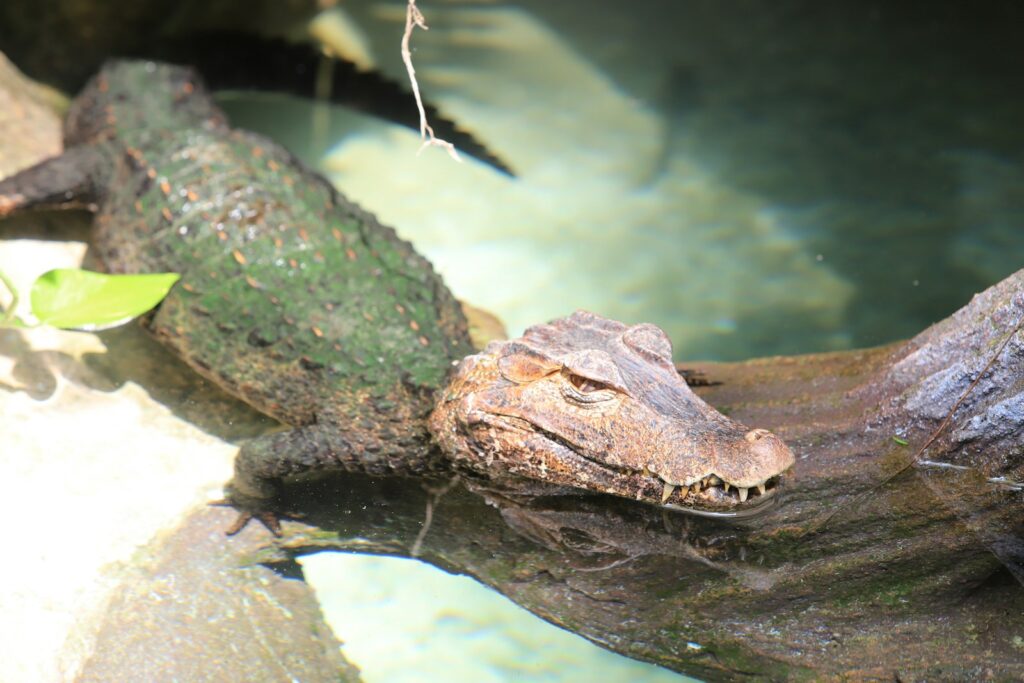
Semi-aquatic reptiles such as turtles, certain monitors, and crocodilians present unique lighting challenges as they divide their time between water and land. For these species, which typically fall into Ferguson Zones 2-3, it’s crucial to provide a robust UVB source over their basking area while ensuring the bulb is protected from water splashes and high humidity. The Zoo Med ReptiSun 10.0 T5 HO or Arcadia ProT5 Dragon 8% are excellent choices, mounted 12-18 inches above the basking platform. For larger enclosures housing species like red-eared sliders or painted turtles, mercury vapor bulbs like the Exo Terra Solar Glo 125W provide both the necessary heat and UVB in one fixture. When setting up the lighting, ensure that the entire basking area receives adequate UVB coverage, as these animals need to dry completely and absorb sufficient UVB during their terrestrial periods to maintain healthy shell development and prevent fungal infections.
UVB Solutions for Nocturnal Reptiles

Contrary to popular belief, many nocturnal reptiles can benefit from low levels of UVB exposure, similar to what they might receive during dawn, dusk, or while sleeping in partially covered areas in the wild. Species like leopard geckos, African fat-tailed geckos, and certain snake species fall into Ferguson Zone 1, requiring minimal UVB intensity. For these animals, low-output options such as the Arcadia ProT5 ShadeDweller 2.4% or Zoo Med ReptiSun T5 HO 5.0 mounted at a distance of 12-20 inches provide appropriate exposure. It’s essential to create a UVB gradient with plenty of hiding spots, allowing the animal to self-regulate their exposure. Even with limited exposure of 2-4 hours daily, these reptiles often show improved appetite, activity, and breeding behavior. When implementing UVB for nocturnal species, monitor them carefully for signs of stress or discomfort, and adjust the lighting schedule to mimic their natural activity periods.
Replacing and Maintaining UVB Bulbs
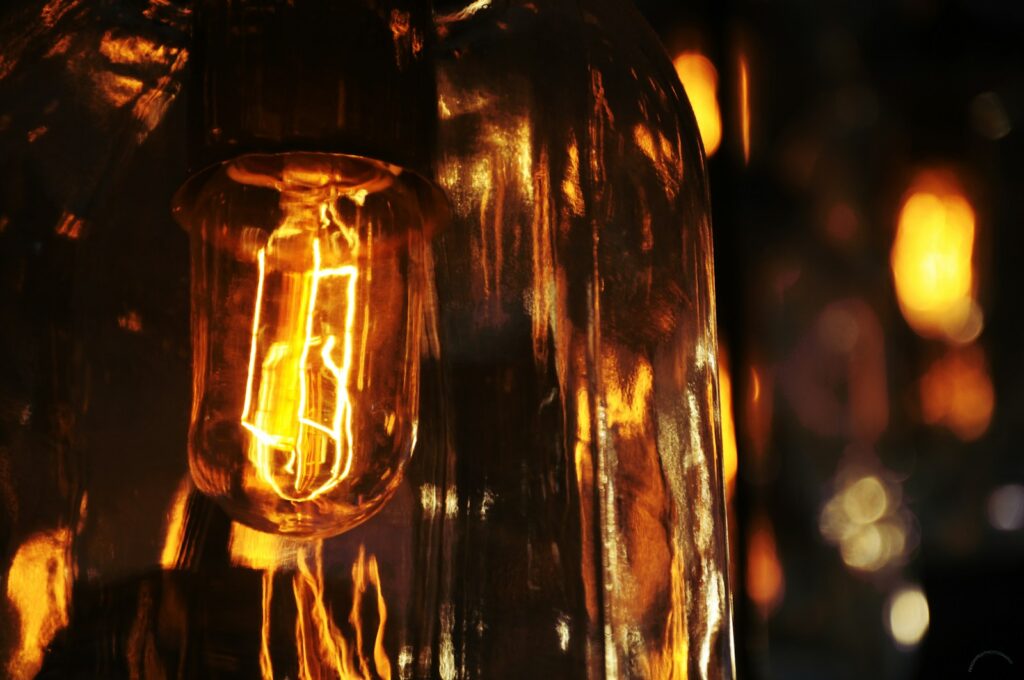
Even when a UVB bulb continues to emit visible light, its ultraviolet output diminishes significantly over time, making regular replacement essential for reptile health. T5 HO fluorescent tubes typically maintain effective UVB output for 10-12 months, while T8 tubes and compact fluorescents may need replacement every 6-8 months. Mercury vapor and metal halide bulbs generally last 10-12 months before requiring replacement. Using a UV index meter like the Solarmeter 6.5 is the most accurate way to monitor your bulb’s output and determine when replacement is necessary. Regular maintenance is equally important—dust and debris can block UVB rays, so gently clean bulbs weekly with a dry microfiber cloth when the bulb is cool. Always keep track of installation dates by marking the bulb or fixture with a small sticker, and set calendar reminders for replacement to ensure your reptile receives consistent, appropriate UVB exposure year-round.
Measuring UVB Levels in Your Enclosure
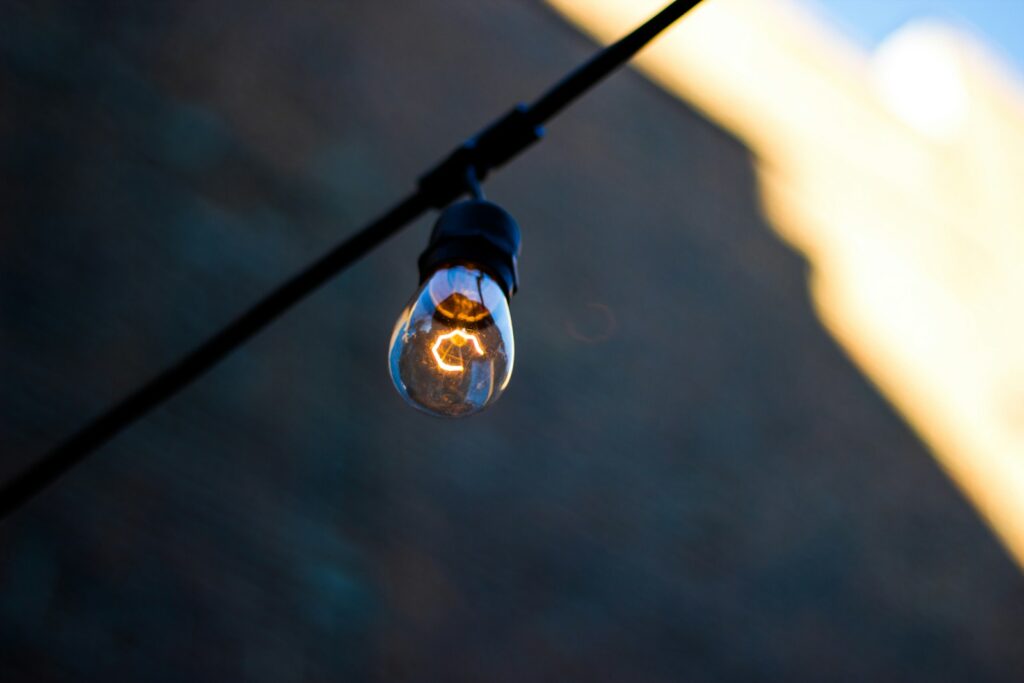
Accurately measuring UVB levels in your reptile’s enclosure is crucial for ensuring proper exposure and preventing both under and over-supplementation. The most reliable measurement tool is a Solarmeter 6.5, which provides readings in UV Index (UVI) that correspond directly to the Ferguson Zones. When measuring, take readings at the basking spot and various locations throughout the enclosure where your reptile spends time, holding the meter at the same height and angle as your pet’s back would be in that position. For a Ferguson Zone 3 species like a bearded dragon, you should aim for a UVI of 3.0-4.0 at the basking area, with lower readings (0.5-1.0) in the shade retreats. Take measurements at different times of day, as UVB output can vary with bulb temperature, and recheck levels after installing new bulbs or rearranging the enclosure. While Solarmeters are relatively expensive, they’re an invaluable investment for serious reptile keepers, and many reptile clubs or veterinarians have meters available for member use.
UVB for Tortoises and Larger Reptiles

Tortoises and larger reptiles like iguanas and monitors present unique challenges for UVB provision due to their size and high UVB requirements. Most tortoise species and large herbivorous lizards fall into Ferguson Zones 3-4, requiring significant UVB exposure for proper shell development and overall health. For these animals, multiple high-output T5 tubes like the Arcadia ProT5 Dragon 14% or Zoo Med T5 HO 10.0 may be necessary to provide adequate coverage across their large enclosures. Position these fixtures 12-18 inches above areas where the animal frequently basks, ensuring the UVB penetrates their thick skin or shell. For outdoor enclosures with partial shade, natural sunlight is ideal when temperatures permit, though a “sun safety zone” with deeper shade must always be available. Indoor keepers should consider seasonal adjustments to UVB exposure duration, increasing hours during winter months when natural daylight is reduced to help maintain proper vitamin D synthesis and calcium metabolism.
Combining UVB with Other Lighting Elements
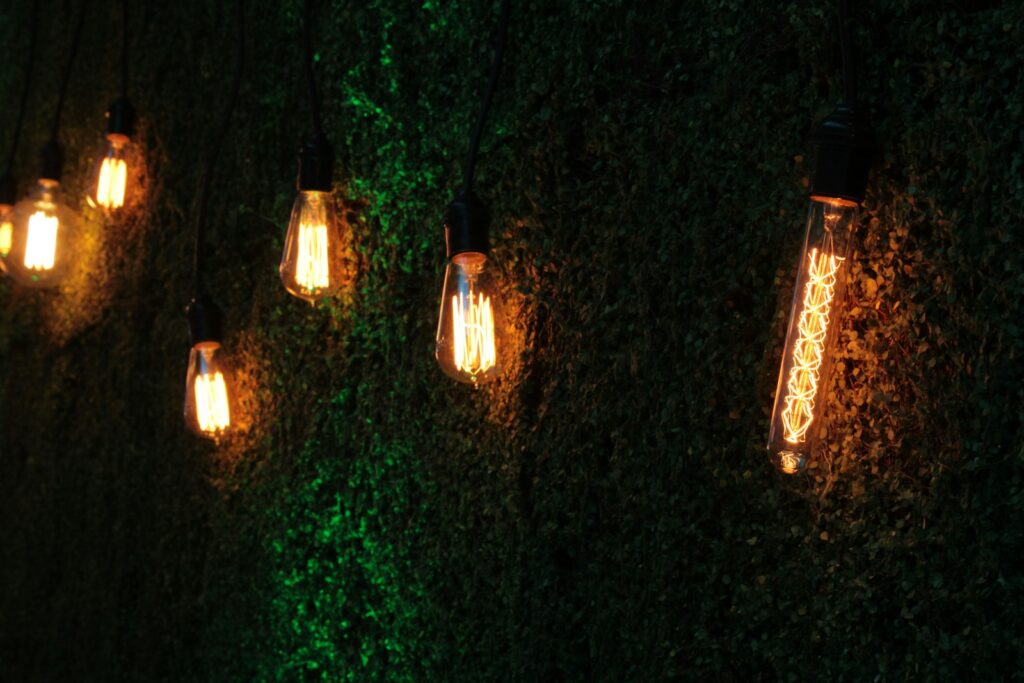
Creating a comprehensive lighting system involves more than just UVB—proper visible light and heat are equally important components that work together to support reptile health. When designing your setup, incorporate UVA-producing bulbs alongside UVB, as UVA light contributes to appetite stimulation, reproductive behavior, and activity levels in many species. Full-spectrum LED or halogen lights can provide the visible light spectrum that enhances color perception and supports natural circadian rhythms. Position heat sources (ceramic heat emitters, halogen floods, or deep heat projectors) in alignment with your UVB bulbs, creating a basking zone that offers both heat and ultraviolet radiation simultaneously, as reptiles would experience in nature. Pay attention to photoperiods, adjusting the duration of light exposure seasonally if appropriate for your species. This holistic approach to lighting creates a more naturalistic environment that supports not just survival, but thriving behavior and optimal health for your reptile companion.
UVB Considerations for Baby and Juvenile Reptiles

Young reptiles often have different UVB requirements than adults, typically needing more consistent access to appropriate levels as they undergo rapid growth and development. For juvenile reptiles, provide the same UVB intensity as adults of their species (based on their Ferguson Zone), but ensure more complete coverage of the enclosure as young animals may bask more frequently. Position hides and visual barriers strategically so that juveniles can easily access UVB while still feeling secure. For species prone to metabolic bone disease, like bearded dragons and iguanas, proper UVB during the first 1-2 years is absolutely critical for developing strong skeletal structure. Monitor calcium supplementation carefully in conjunction with UVB provision, as the two work synergistically. Some keepers find that providing slightly longer UVB exposure periods (10-12 hours vs. 8-10 for adults) benefits rapidly growing juveniles, though this should be species-specific and always include proper darkness periods for rest.
Troubleshooting Common UVB Issues
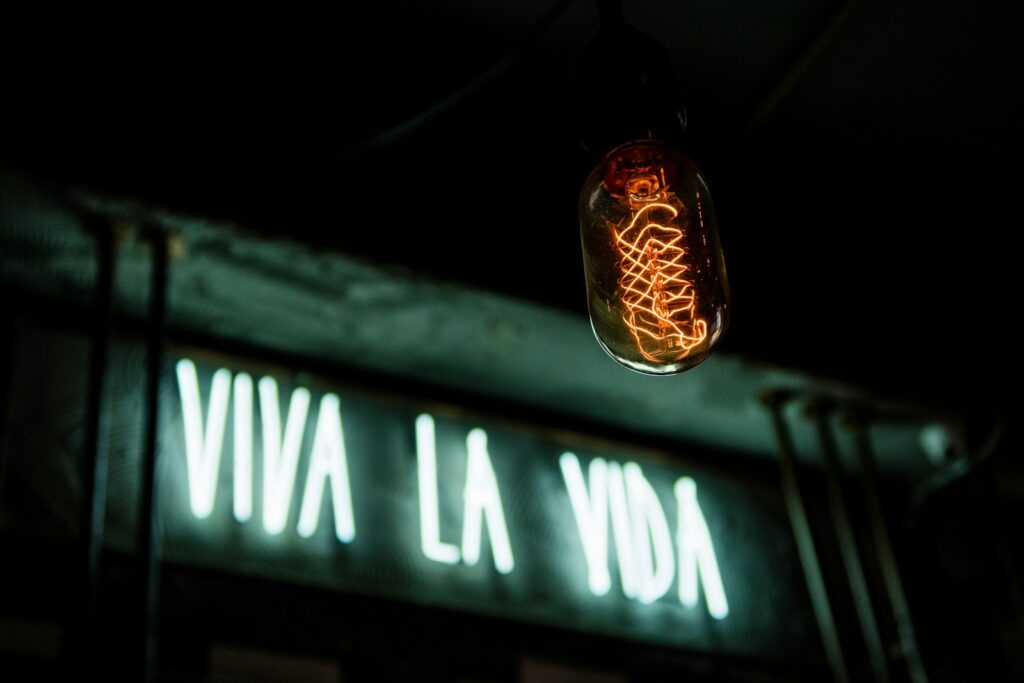
Even with careful planning, reptile keepers sometimes encounter issues with their UVB setups that require troubleshooting. If you notice your reptile avoiding the basking area, the UVB intensity may be too high—try raising the fixture height incrementally or adding partial shade to the basking spot. Conversely, if your reptile shows signs of metabolic bone disease despite UVB provision (soft jaw, tremors, difficulty walking), verify your bulb’s output with a meter and check that no glass, mesh, or plastic is filtering the UVB, as these materials can block significant amounts of beneficial radiation. For reptiles in deep enclosures, consider using reflectors to direct more UVB downward, increasing effective exposure. If you’re using a screen top, be aware that standard aluminum mesh can block 30-50% of UVB output; for species with high requirements, use stainless steel mesh (which blocks less) or mount the fixture inside the enclosure. Remember that UVB bulbs require a warm-up period of 10-15 minutes to reach full output, so avoid frequent on-off cycling of your lighting.
Balancing UVB with Dietary Vitamin D3
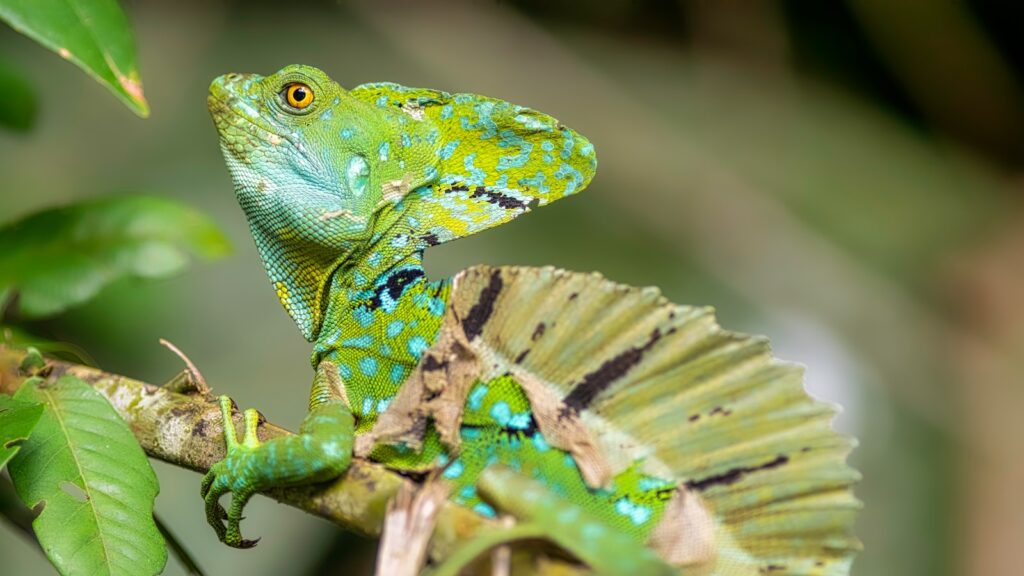
Finding the right balance between UVB exposure and dietary vitamin D3 supplementation is essential for optimal reptile health. For species receiving appropriate UVB according to their Ferguson Zone, dietary D3 supplementation can typically be reduced to once weekly or eliminated entirely for some species. However, for reptiles with minimal UVB access or those unable to process it efficiently (like certain geckos), regular D3 supplementation remains necessary. When transitioning a reptile from supplement-dependent to UVB lighting, make changes gradually, monitoring for signs of either deficiency or over supplementation. Work with a reptile-savvy veterinarian to establish appropriate baseline calcium levels through blood tests when possible. Remember that certain factors, including age, reproductive status, and seasonal variations, may influence your reptile’s vitamin D requirements. The safest approach is species-specific research combined with careful observation of your individual animal’s condition, adjusting supplementation protocols as needed while maintaining appropriate UVB exposure.
Conclusion

Providing proper UVB lighting for your reptile companion is not just about preventing disease—it’s about allowing them to thrive in captivity with natural behaviors and optimal health. By understanding your specific reptile’s needs based on their natural habitat and behaviors, selecting the appropriate bulb type and intensity, and maintaining a consistent replacement schedule, you can significantly improve their quality of life and longevity. Remember that UVB lighting is just one component of a comprehensive husbandry approach that includes proper nutrition, temperature gradients, and environmental enrichment. When these elements work together harmoniously, your scaly friend has the best chance at a long, healthy life in your care.

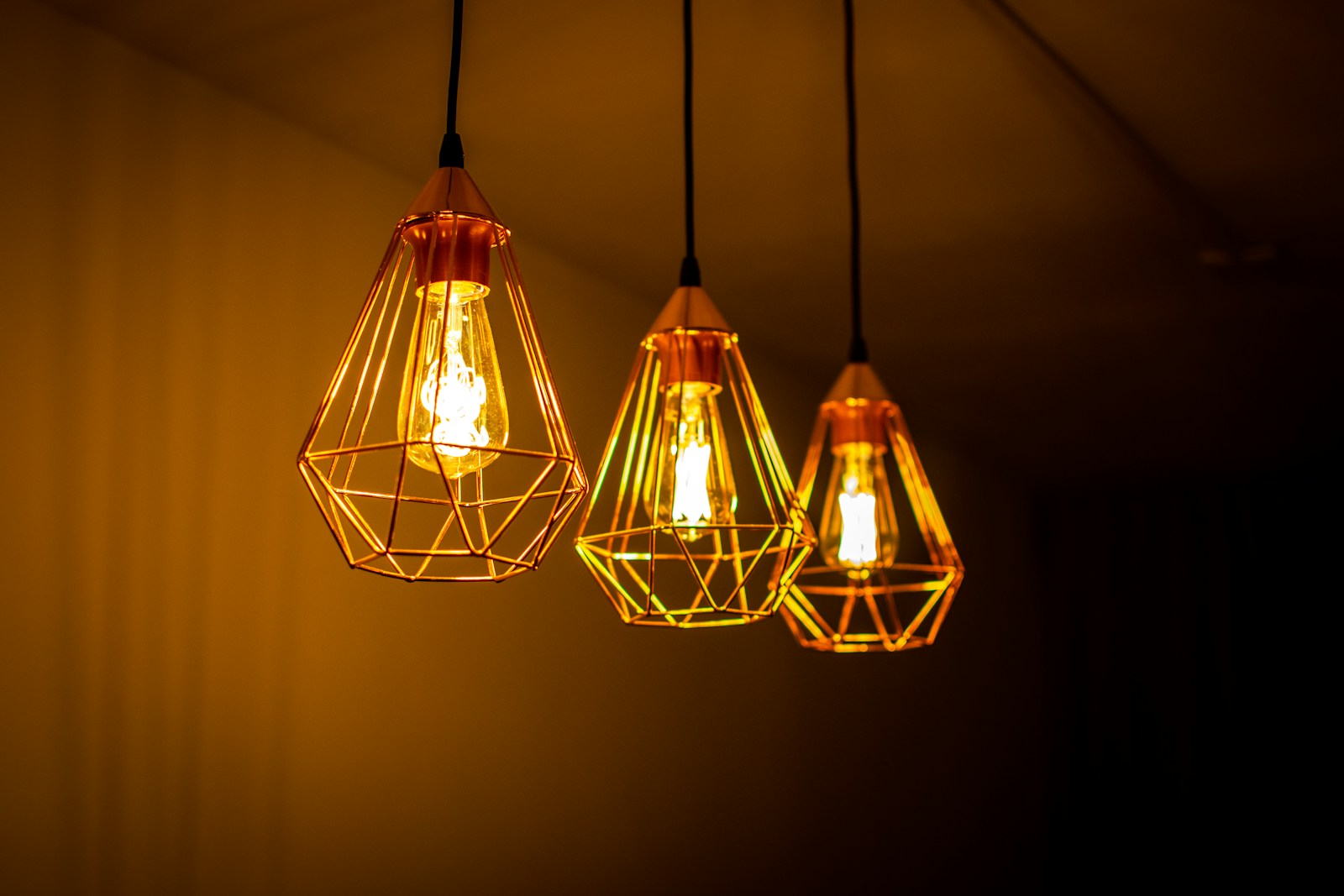
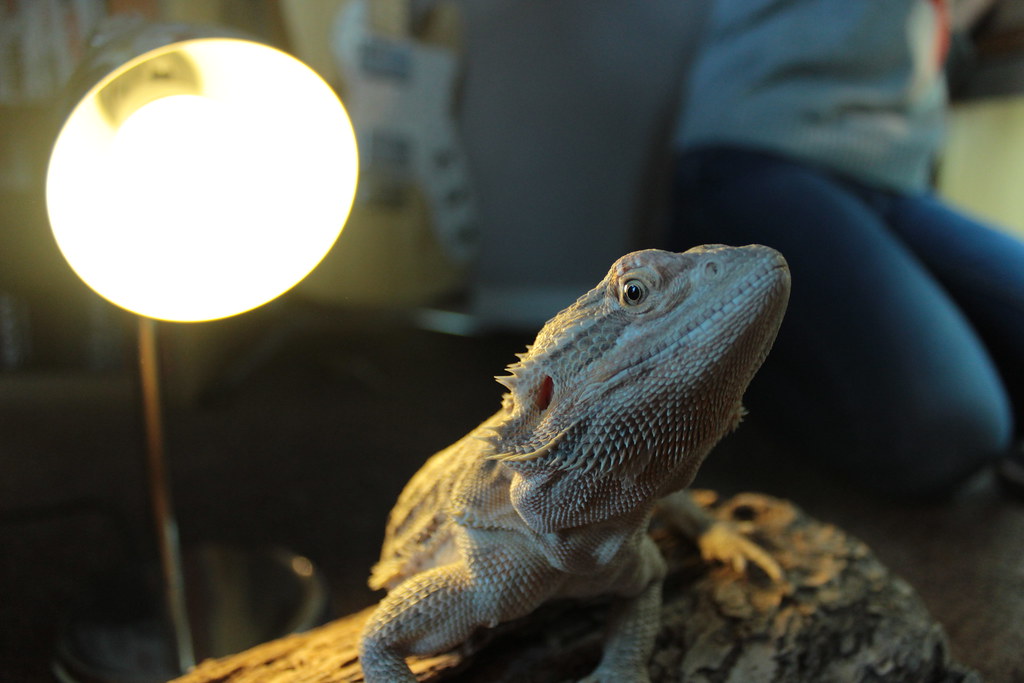



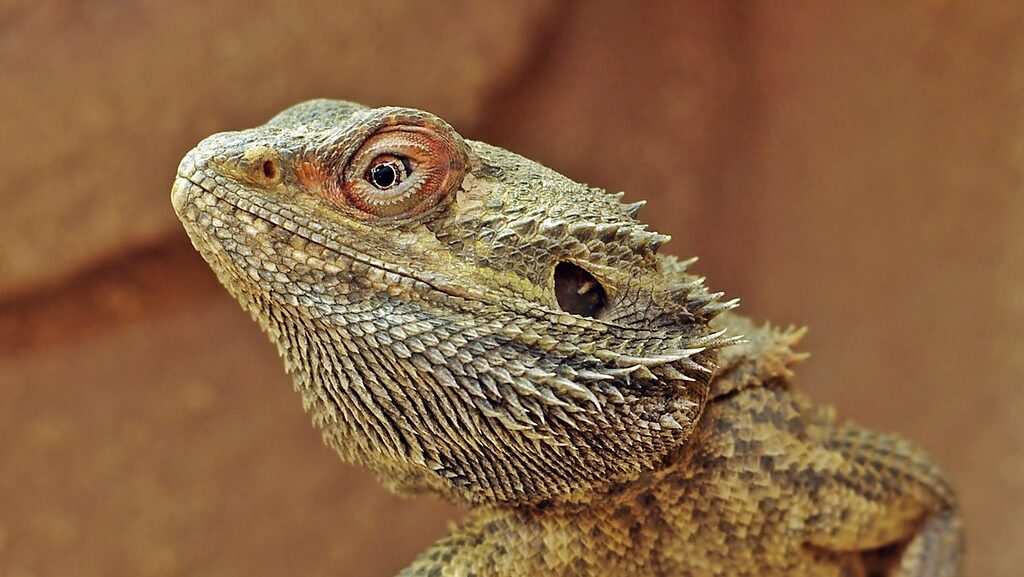
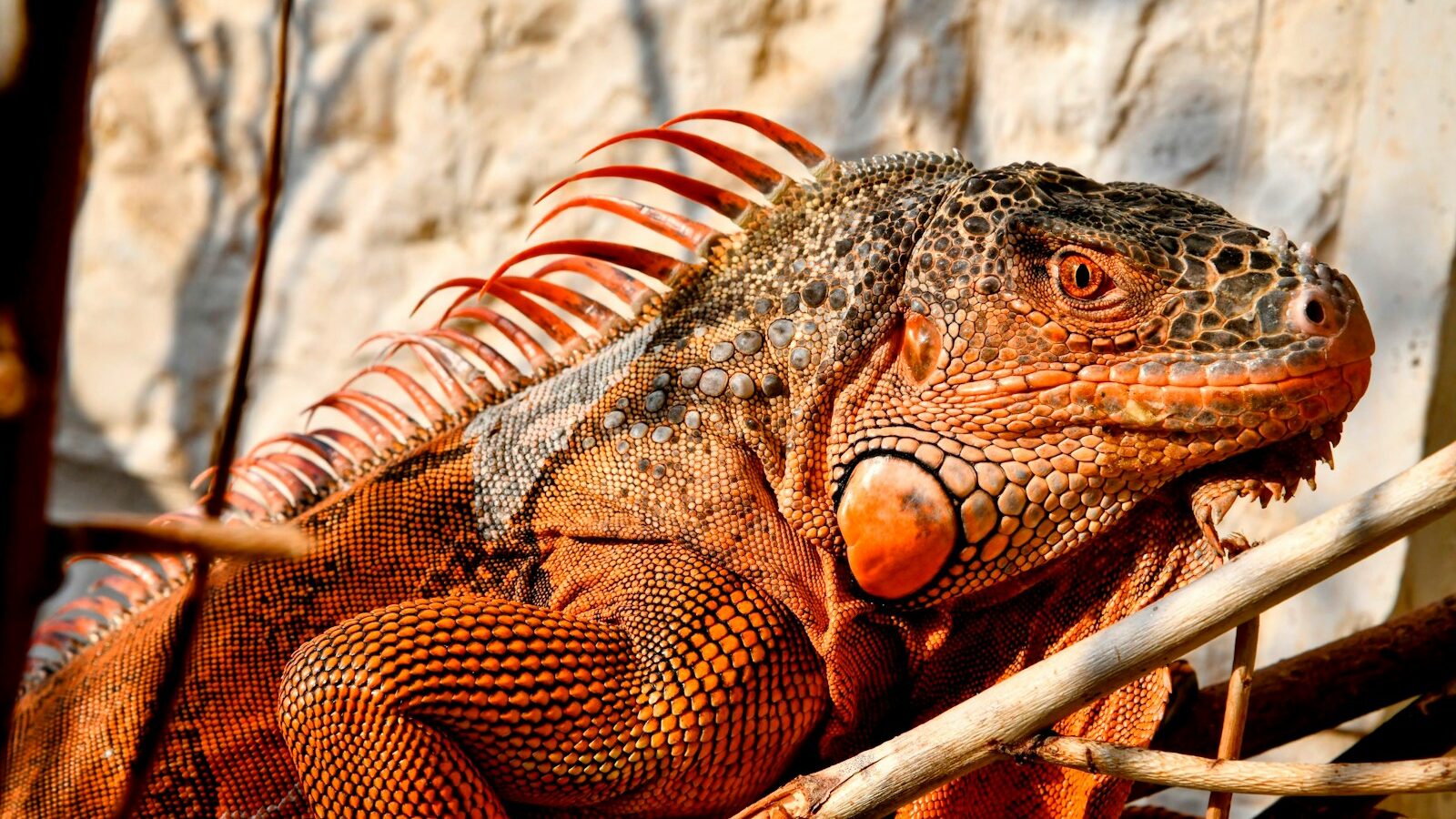
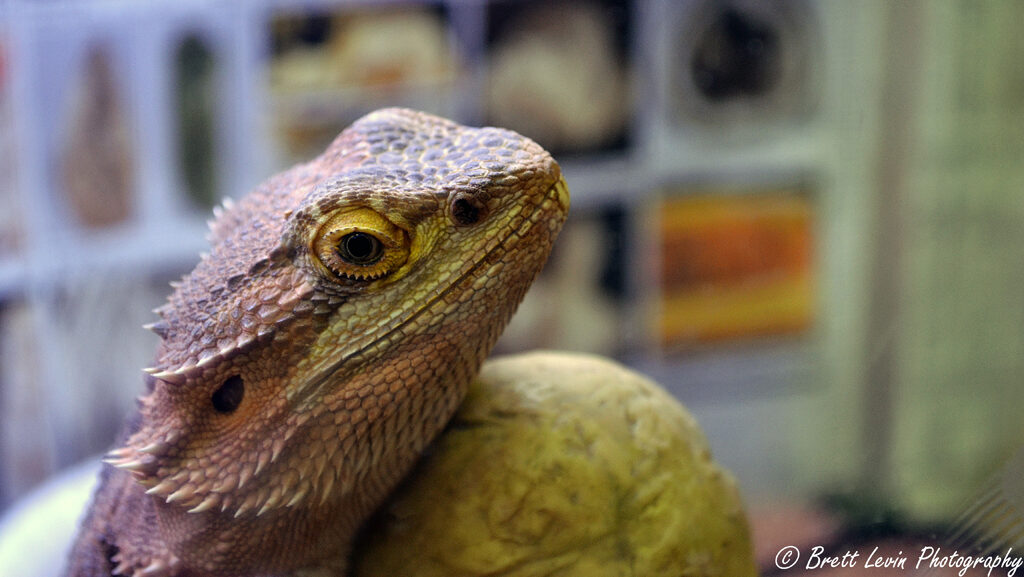
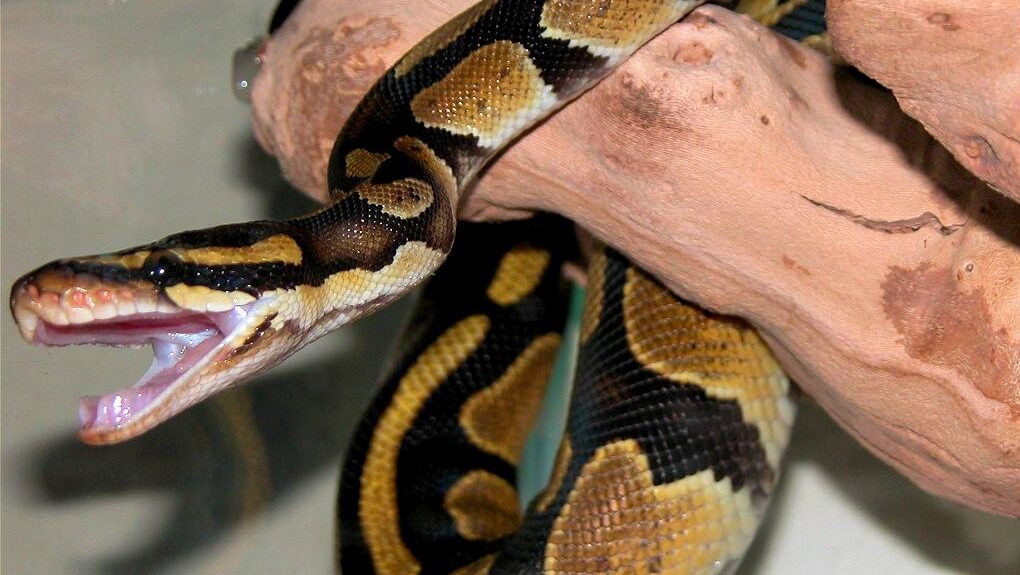
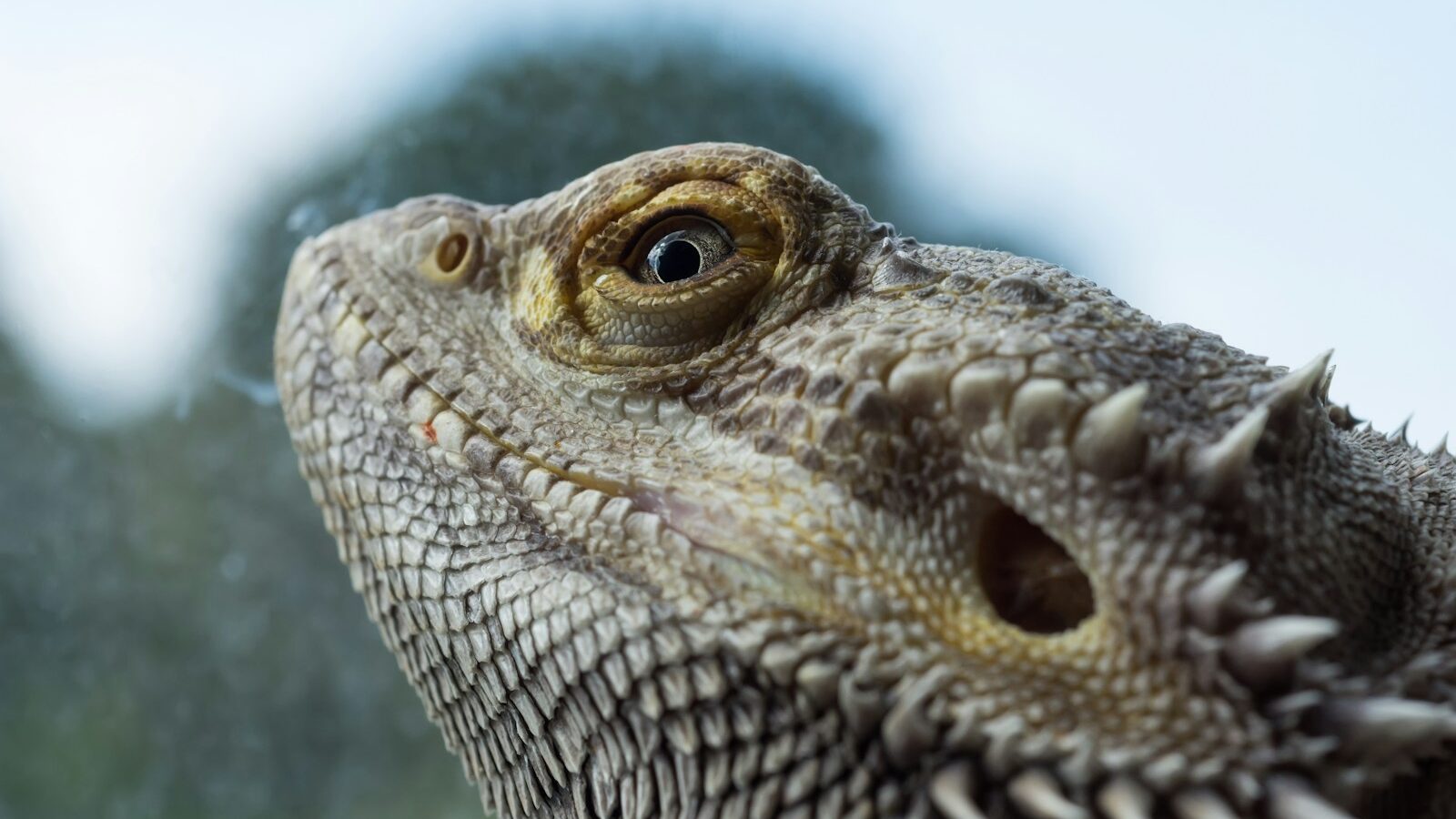
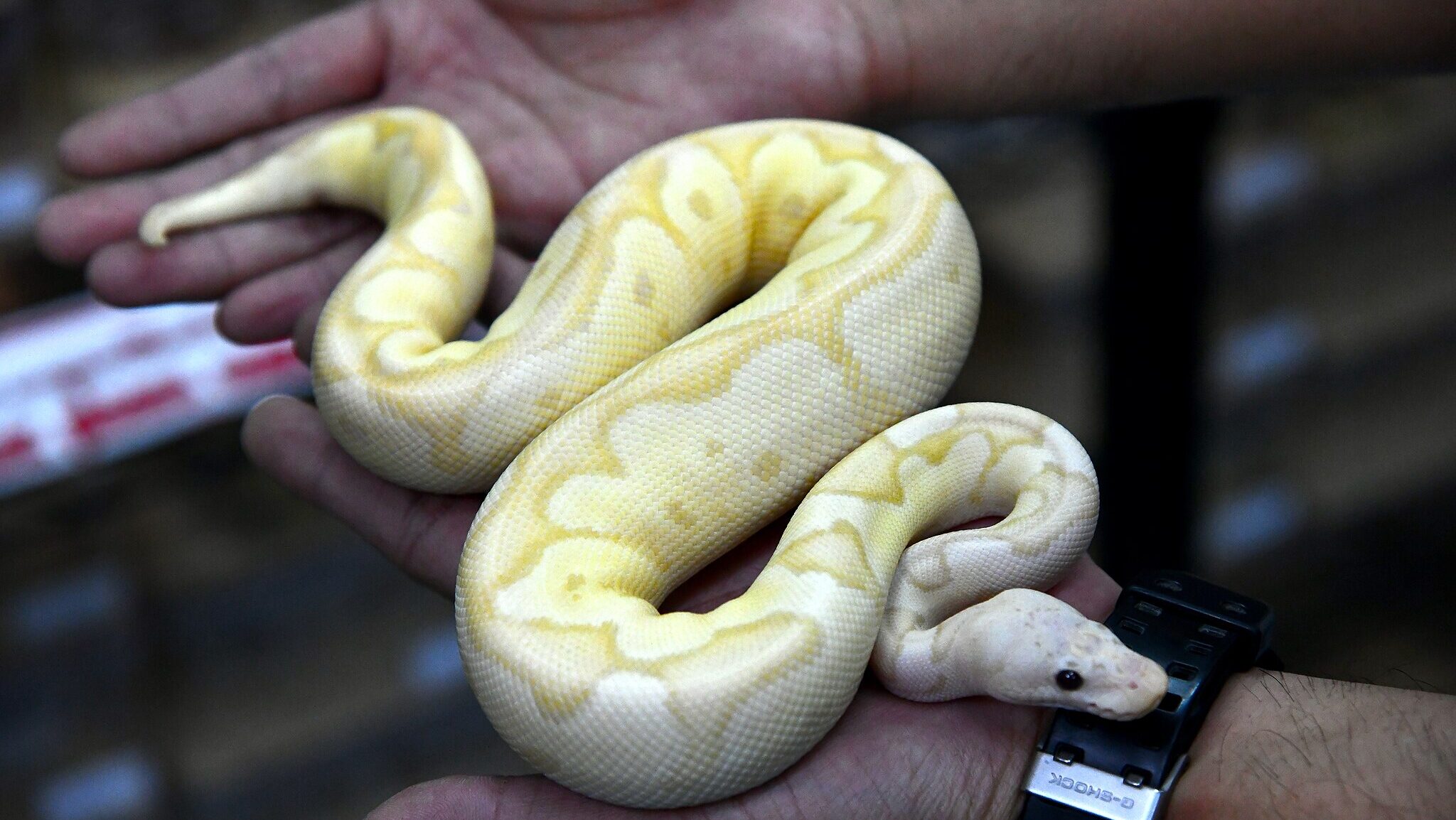
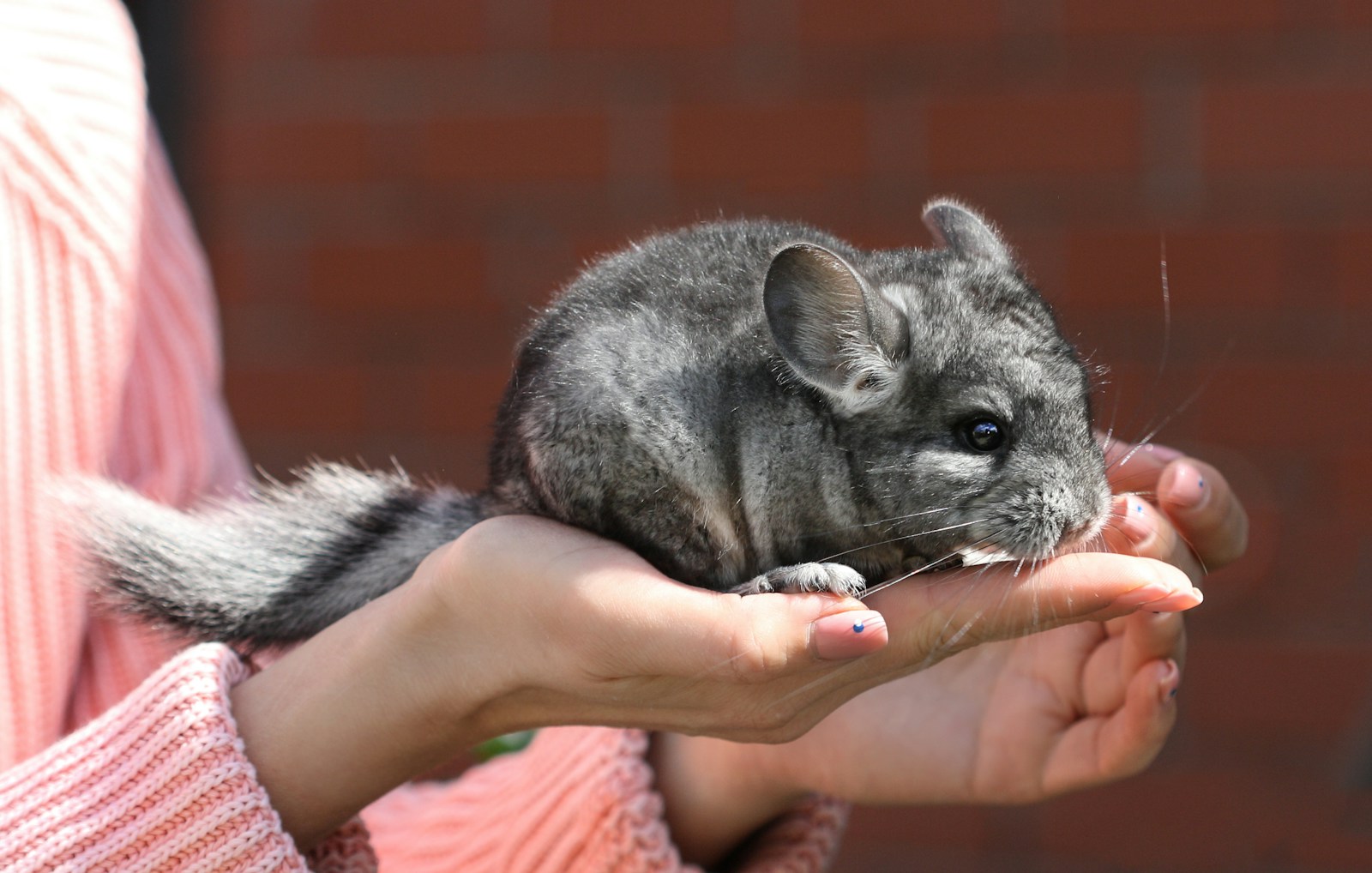
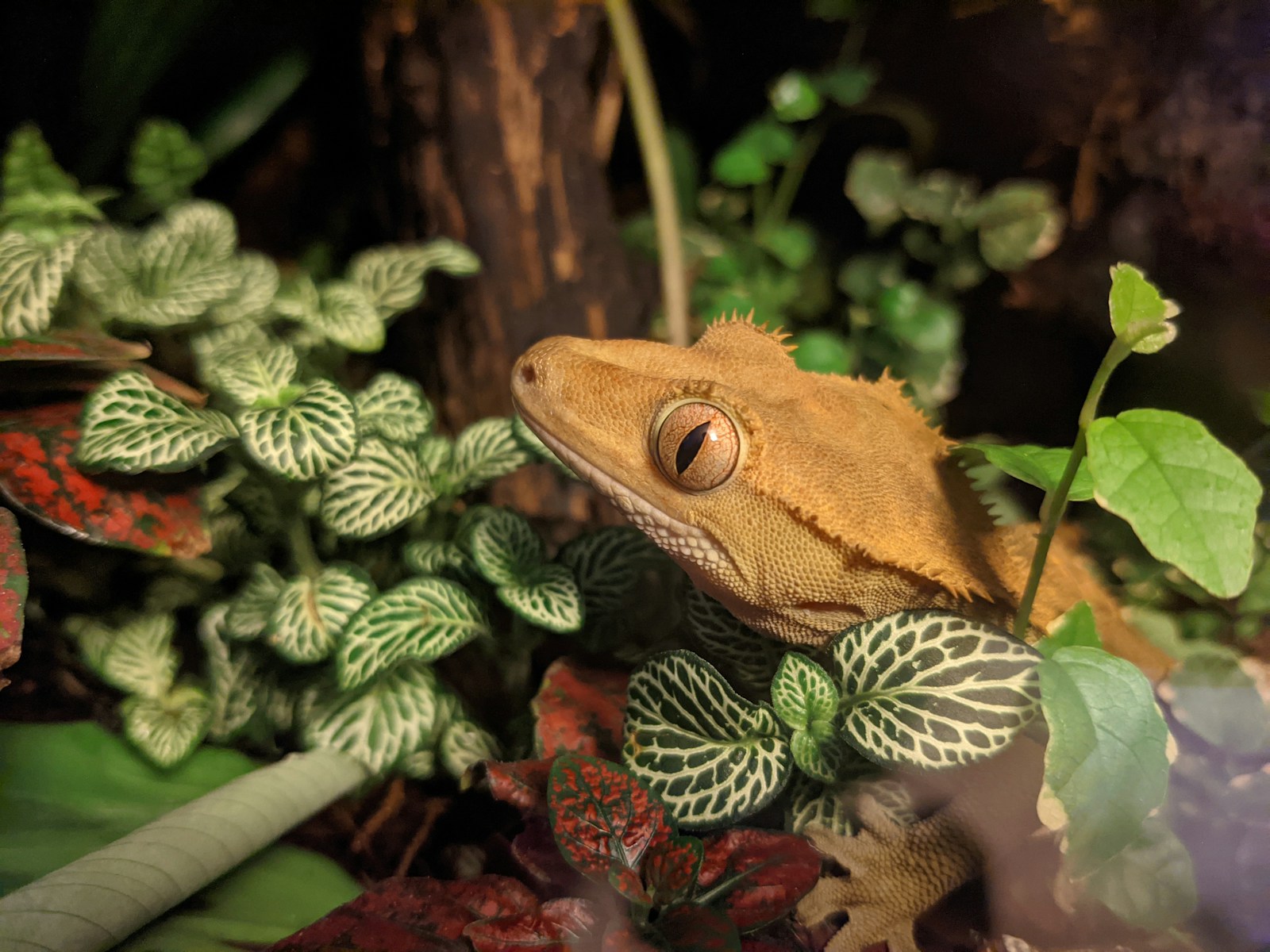

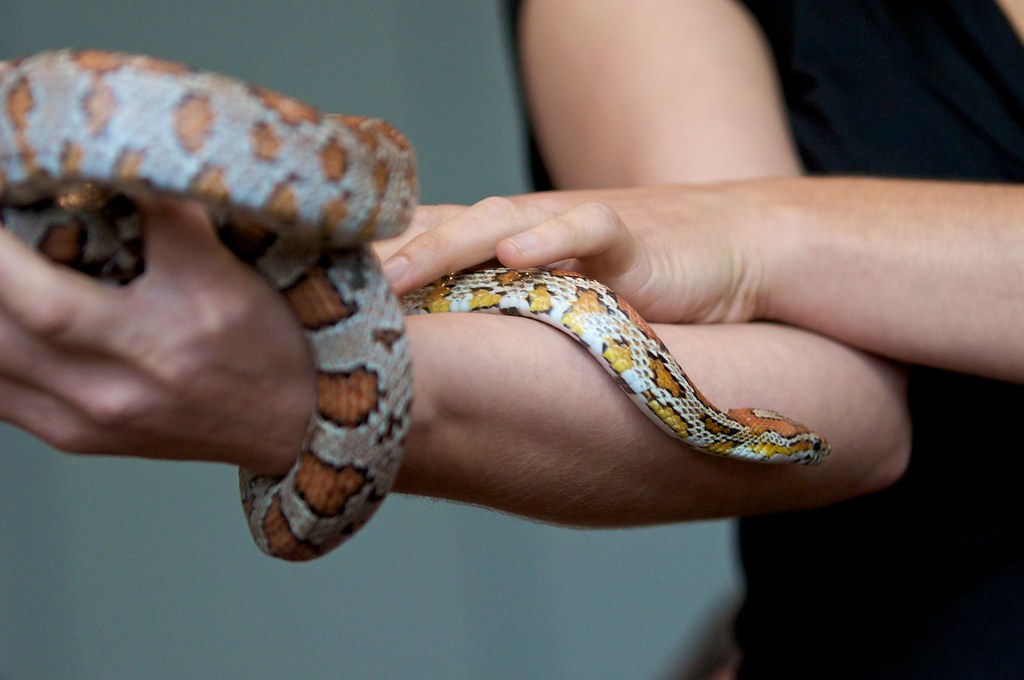
Leave a Reply